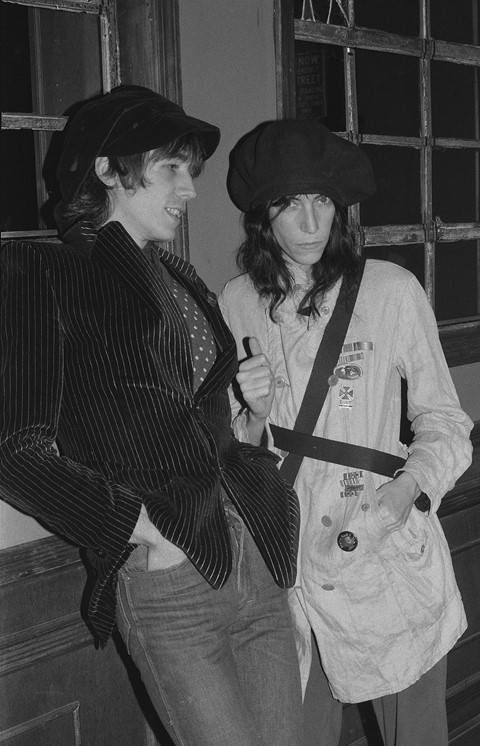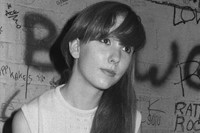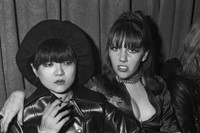Collected for the very first time in the new book When Midnight Comes Around, Gary Green’s images capture luminaries like Lou Reed, Debbie Harry, Richard Hell and Andy Warhol
Growing up in the suburbs of Long Island in the 1960s and early 70s, Gary Green got turned onto bands like The Velvet Underground and The New York Dolls, quickly becoming enamoured with New York’s underground rock and roll scene that took root at fabled nightclubs like Max’s Kansas City and CBGB.
In the summer of 1976, Green moved to Manhattan, sharing a two-room flat just north of Washington Square Park with two roommates. It was cramped and run-down, but that didn’t bother the young upstart in the least.
“I had no idea what I was going to do with my life,” Green, now 64, says. “I worked during the day as a photographer’s assistant in midtown. At night, I would go out whenever I could to see a band, meet someone to photograph, or see what was going on. I wasn’t very career oriented – I just knew I wanted to make photographs.”
And that he did. While Patti Smith, Blondie, Television, The Ramones, and The Heartbreakers played all over town, only Max’s and CBGB had shows every night – the perfect training grounds for the aspiring photographer. “I probably spent too much time there, misspent youth as they say, but at least I made pictures,” Green says with a laugh. “It feels important that I made something because that was so seminal in my life and I realise it more now than I did then.”
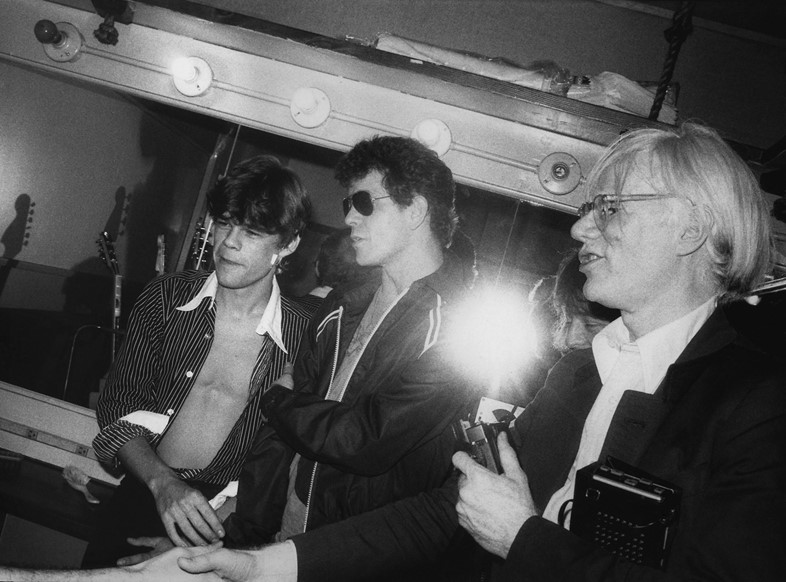
Those photographs, collected for the very first time in the new book When Midnight Comes Around (Stanley/Barker), take us on a trip back in time to a mythic world when luminaries like Lou Reed, Debbie Harry, Richard Hell, Andy Warhol, David Johansen, Johnny Thunders, and Tom Waits set the downtown scene ablaze.
“I remember seeing Blondie at Max’s,” Green says. “The curtain opened and there was Debbie wearing lamé. They broke right into X-Offender. There was no talking or anything. They were so tight and it was so powerful, it blew you away. It was the same when I saw The Ramones. They came out on the stage, and [shouted] ‘one, two, three, four!’ The speakers blew your head off.”
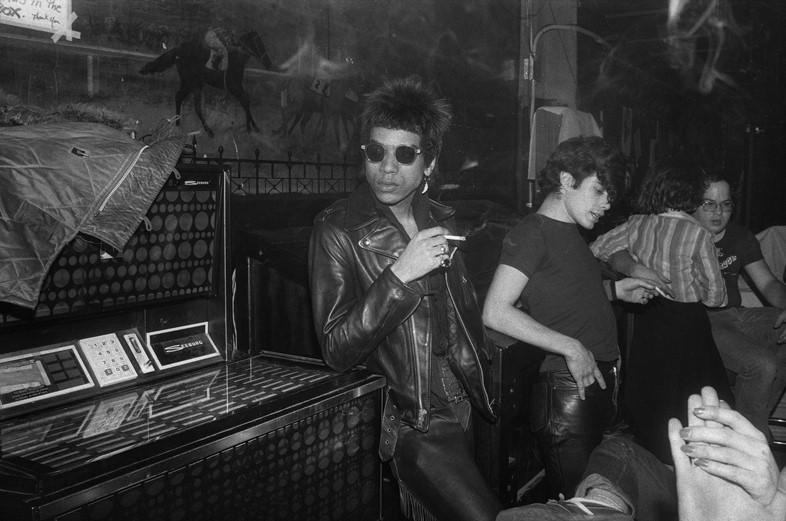
Over the years, Green became a regular, often finding himself sitting around the bar, singing songs with friends, enjoying watching an historic moment in time unfold. “Photography tells a certain truth, and I realised that some of that truth would be in the photos that weren’t just of the people we know; it was also in what we looked at: the surface, the empty space, the crowds, and the bands performing,” Green says.
“When I look at old pictures, even if I am seeing them as art, I am also remembering the times that they were made. This is what it felt like to be in New York. When you look at the photographs now, the innocence is so clear. It’s another time when we were innocent and anything went.”
When Midnight Comes Around by Gary Green is out now, published by Stanley/Barker.
